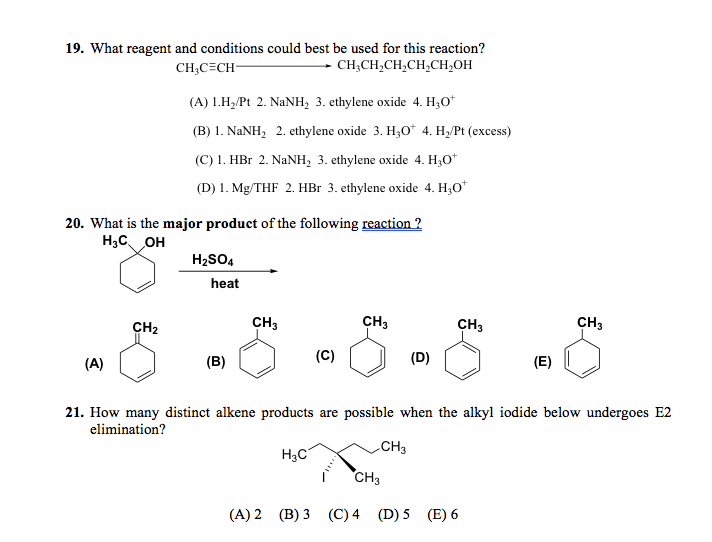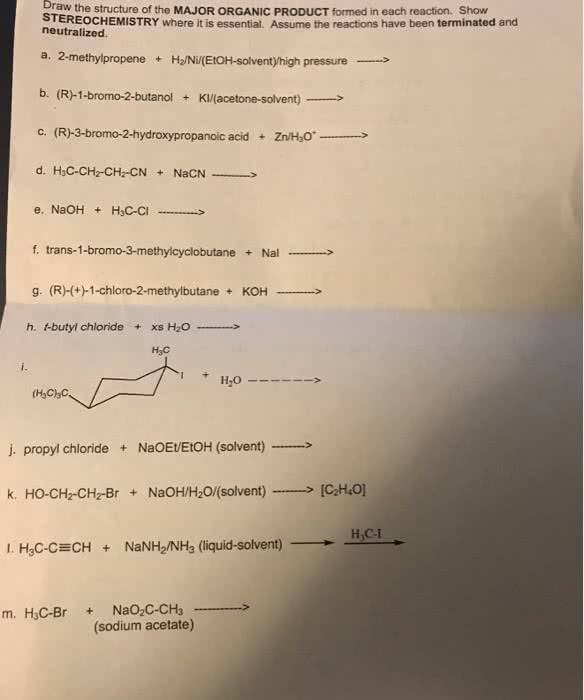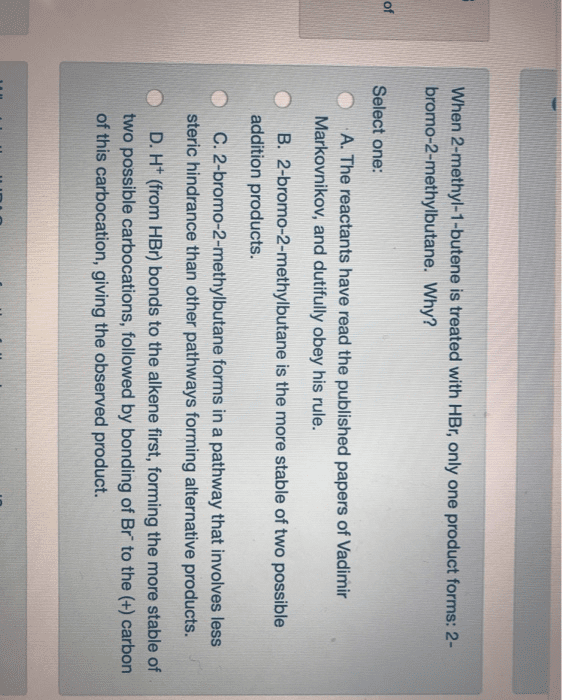CHEM 1040 Study Guide - Rice Chart, Equivalence Point, Hemiacetal
Document Summary
The electrophile, h+, opens up the pi bond of the alkene by bonding with two electrons and the h goes to the side with the most h"s (to produce a methyl group on the end). We now have a secondary carbocation intermediate due to the formal charge left on the carbon atom. The nucleophile, br , is then attracted to the 2o carbocation to complete the structure. Light (or heat) breaks the bromine molecule into two free bromine radicals. One radical removes an h atom from the alkane. The preference is a tertiary hydrogen over a secondary or primary. This produces hbr and a tertiary free radical as an intermediate. The second bromine radical then reacts with the tertiary free radical to produce the major product. Product hemiacetal (1-methylcyclopentanol: benzaldehyde + ethanol hemiacetal. 4-methyl-1-cyclohexanol is achiral (no carbon has four different groups due to the symmetry within this molecule subsitutents are directly across from one another).



